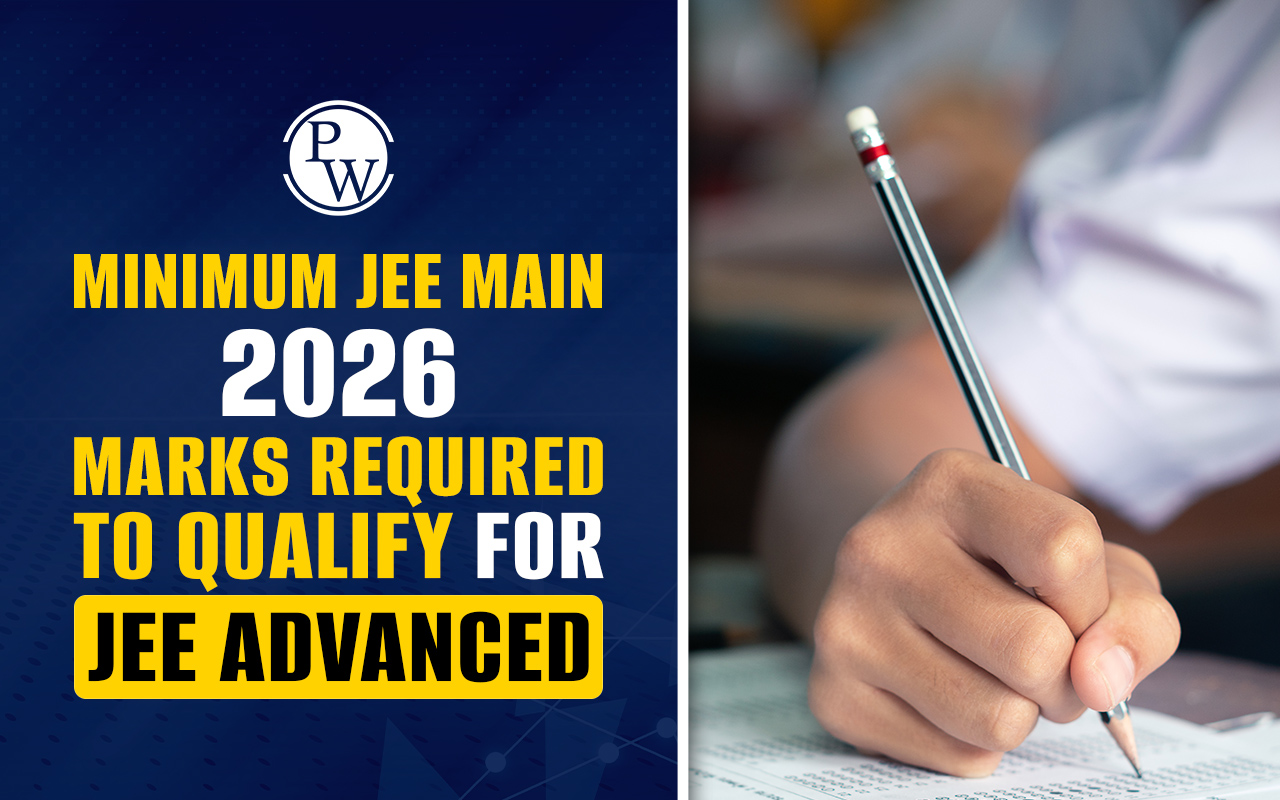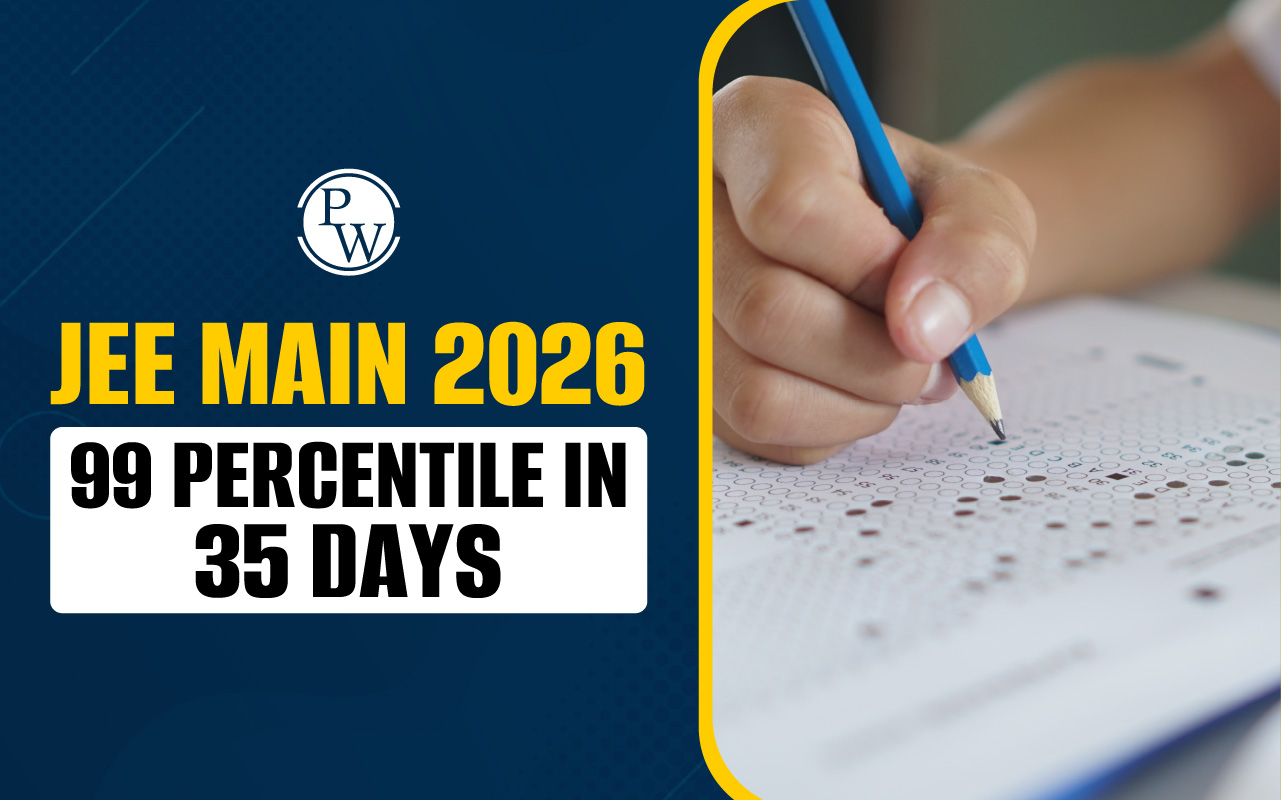
Photoelectric Effect In Chemistry : Have you ever wondered how light can have such a profound impact on the behaviour of matter? Enter the captivating world of the photoelectric effect, a fascinating phenomenon that has intrigued scientists for centuries. In the realm of chemistry, the photoelectric effect plays a crucial role in understanding the interactions between light and matter, paving the way for ground-breaking discoveries and applications in various fields.
Photoelectric Effect In Chemistry
Photoelectric Effect In Chemistry : In 1905, Albert Einstein revolutionized our understanding of the photoelectric effect with his ground-breaking paper on the subject, for which he was awarded the Nobel Prize in Physics in 1921. Einstein's key insight was to propose that light consists of discrete packets of energy, or quanta, which we now know as photons. This concept laid the foundation for quantum theory and provided a theoretical framework to explain the experimental observations of the photoelectric effect.
The photoelectric effect refers to the emission of electrons from a material surface when it is exposed to light. This intriguing process involves the transfer of energy from photons, the fundamental particles of light, to electrons within the material.
Imagine a metal surface bathed in sunlight. When photons from the sunlight strike the surface of the metal, they transfer their energy to electrons within the metal atoms. If the energy of a photon exceeds a certain threshold, known as the "work function" of the material, it can liberate an electron from its atomic bond, causing it to be ejected from the surface of the metal. This phenomenon results in the generation of an electric current, as the liberated electrons are now free to move within the material.
Einstein's equation for the photoelectric effect, known as the Einstein photoelectric equation, relates the energy of a photon (E) to the work function (Φ) of the material and the kinetic energy (KE) of the ejected electron:
This equation elucidates how the energy of incident photons determines the kinetic energy of the emitted electrons, offering a quantitative explanation for the observed phenomenon.
Photoelectric Effect : Photon Energy
Photon Energy : The energy of a photon is directly proportional to its frequency, as described by the equation E = hf, where E is the energy of the photon, h is Planck's constant, and f is the frequency of the light. This principle underscores the relationship between the energy of incident light and its ability to liberate electrons from a material surface.
Photoelectric Effect : Threshold Frequency
Threshold Frequency : Every material has a characteristic threshold frequency, below which the photoelectric effect does not occur. This threshold frequency corresponds to the minimum energy required to overcome the binding forces holding electrons within the material.
Photoelectric Effect : Work function
The work function of a material represents the minimum energy needed to remove an electron from its atomic orbit. It is akin to the energy barrier that must be overcome for electron ejection to occur. Materials with lower work functions are more susceptible to the photoelectric effect.
Einstein’s Equation for the Photoelectric Effect
Einstein’s Equation for the Photoelectric Effect : Einstein’s interpretation of the photoelectric effect results in equation:
Energy of photon = Energy needed to remove an electron + Maximum Kinetic energy of the emitted electron.
The excess energy would give a certain velocity (i.e. kinetic energy) to the electron.
Where, v = frequency of the incident light, v o = threshould frequency
v = max. speed of photoelectron.
hv 0 is the threshold energy (or) the work function denoted by φ = hv 0 (minimum energy of the photon to liberate electron). It is constant for particular metal.
Important Points Of Photoelectric Effect
Photoelectrons are ejected only when the incident light has a certain minimum frequency (threshold frequency v 0 ).
If the frequency of the incident light (v) is more than the threshold frequency (v 0 ), the excess energy (hv–hv 0 ) is imparted to the electron as kinetic energy.
On increasing the intensity of light, more electrons are ejected, but the energies of the electrons are not altered.
K.E. of the ejected electron:
conclusions from photoelectric effect
(i) Photoelectric effect demonstrates particle nature of radiation.
(ii) A photon is quanta of energy. Its rest mass is zero. This is why photon can give up its all energy to the particle it strikes.
(iii) There is no effect of frequency of incident light on the number of the emitted photoelectrons.
(iv) There is no effect of intensity of incident light on the K.E. of the emitted photoelectrons.
Photoelectric Effect Solved Example
Q.1 : A photon of wavelength 3000 Å strikes a metal surface, the work function of the metal being 2.20 eV. Calculate (i) the energy of the photon in eV (ii) the kinetic energy of the emitted photo electron and (iii) the velocity of the photo electron.
Sol. (i) Energy of the photon
Therefore,
(ii) Kinetic energy of the emitted photo electron
Work function = 2.20 eV
Therefore, KE = 2.475 – 2.20 = 1.925 eV = 3.08 × 10 –19 J
(iii) Velocity of the photo electron
Therefore, velocity (v)
Q.2 : Photoelectrons are liberated by ultra violet light of wavelength 2000 Å from a metallic surface for which the photoelectric threshold is 4000 Å. Calculate maximum kinetic energy of electrons emitted with.
Sol. (KE) max = Quantum Energy –Threshold energy
Photoelectric Effect In Chemistry FAQs
Q.1 : What is the photoelectric effect, and how does it work?
Q.2 : What are the key principles governing the photoelectric effect?
Q.3 : What was Albert Einstein's contribution to our understanding of the photoelectric effect?
Q.4 : How does the photoelectric effect impact everyday technologies and devices?










